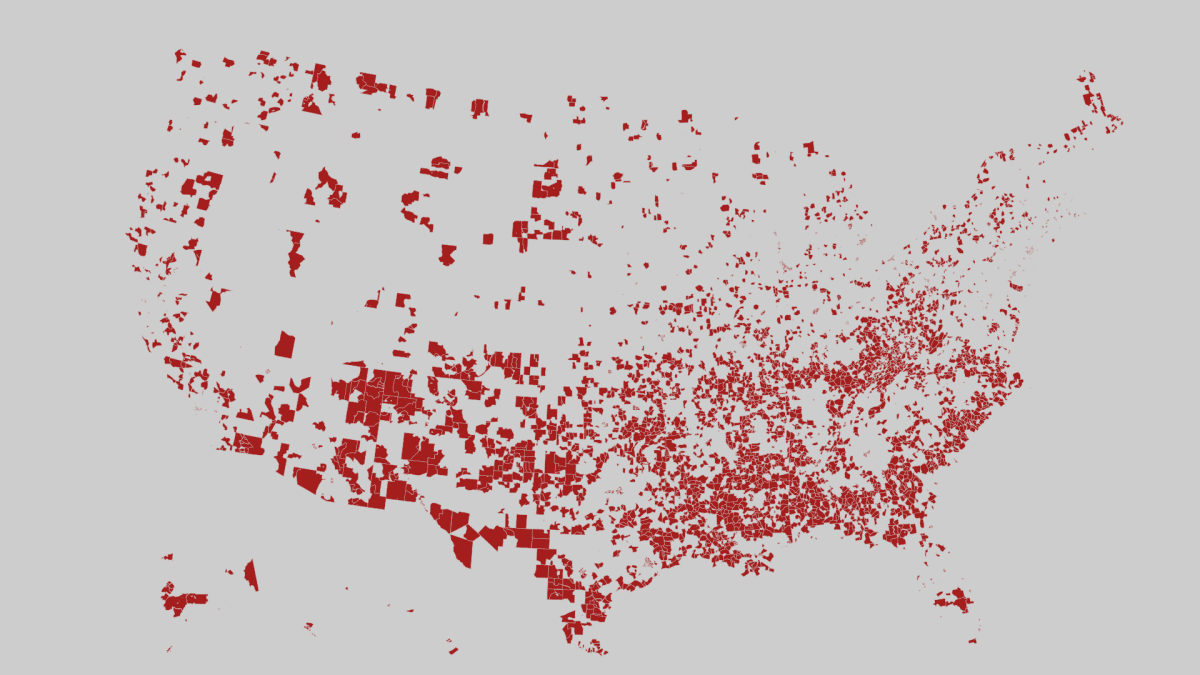Data reveals rising economic ‘distress’ across America despite post-pandemic growth
A striking disconnect remains in the US economy: continued growth and softening inflation along with Americans’ pervasive pessimism and uncertainty about the future.
“I think people are just uncertain,” President Biden recently told Yahoo Finance in an exclusive interview. “And that’s why we’ve got to be steady, stay the course, and continue to produce these incredible jobs.”
Insight into the Economic Disconnect
Data from the Economic Innovation Group’s (EIG) Distressed Communities Index reveals that as of 2023, local economies across America still hadn’t fully recovered from the effects of the COVID-19 pandemic. EIG’s analysis shows that roughly 52 million Americans live in a “distressed” zip code, up from 50 million in 2018.
Distress scores are calculated based on weighted factors such as the number of residents with a high school diploma, the poverty rate, the number of adults not working, the housing vacancy rate, the median income ratio, changes in employment, and the number of business establishments.
Urban Distress Versus Suburban Prosperity
EIG’s findings highlight a trend where urban areas have become increasingly distressed while surrounding suburbs are more prosperous. For example, in Cleveland, almost every zip code within the city is distressed, whereas the suburbs display significant prosperity.
“The pandemic has exacerbated this trend,” said August Benzow, research lead at EIG. Large urban counties experienced major population losses during the pandemic, with an aggregate decrease of 812,000 residents between July 2020 and July 2021. In contrast, exurban and suburban counties saw substantial growth, adding 931,000 residents in 2021 and another 832,000 in 2022.
Demographic Shifts and Housing Affordability
A recent note from Goldman Sachs supports this trend, stating that domestic migrants have left the largest cities, with many moving to metro counties with populations of 250k to 1 million. This shift, driven by virus fears and remote work opportunities, continued through mid-2023.
The pandemic also highlighted significant wealth disparities, with those financially able to move out of cities doing so, leaving lower-income residents behind. In Fort Worth, Texas, the 13th largest US city by population, 32.2% of residents live in distressed zip codes, compared to 29.2% in prosperous ones. The city’s urban core is the most distressed area, exacerbating housing affordability issues.
Fort Worth Mayor Mattie Parker acknowledged the challenge, noting that increased housing demand has worsened affordability. The median property value in the city increased by 11.5% between 2020 and 2021, making middle-income housing a critical issue.
Addressing Inequality in Urban Areas
Oklahoma City also faces a mixed economic picture, with 36.3% of its communities being prosperous and 26.4% distressed. The city’s poverty rate of 15% remains above the national average, and its owner-occupied housing rate lags behind by over 5%.
“We’re certainly cognizant of the inequality in our community,” said Oklahoma City Mayor David Holt. He emphasized the city’s efforts to address this through initiatives like the Metropolitan Area Projects program, which has invested heavily in the tourism industry and created significant economic benefits.
Despite these efforts, challenges remain in providing equal opportunities for all residents. “We don’t promise equal outcomes,” Holt said, “but it’s evident when the outcomes continue to be disproportionate that you’re not really providing equal opportunity.”
#EconomicDistress #PostPandemic #UrbanInequality #SuburbanProsperity #HousingCrisis
Source: Adriana Belmonte, Senior Distribution Editor
